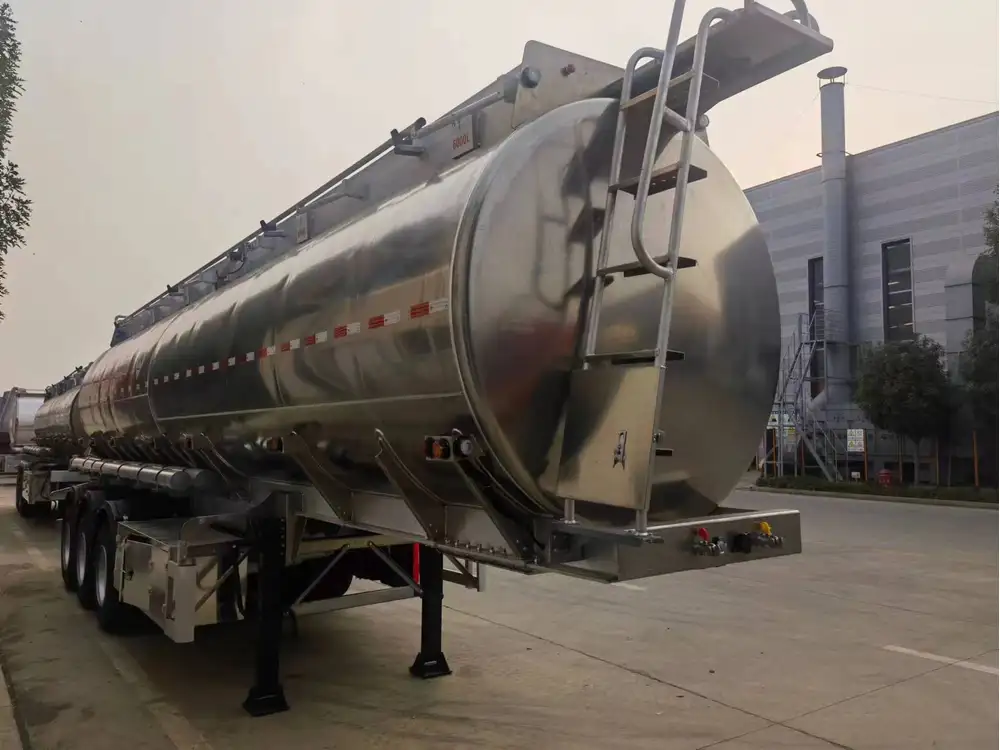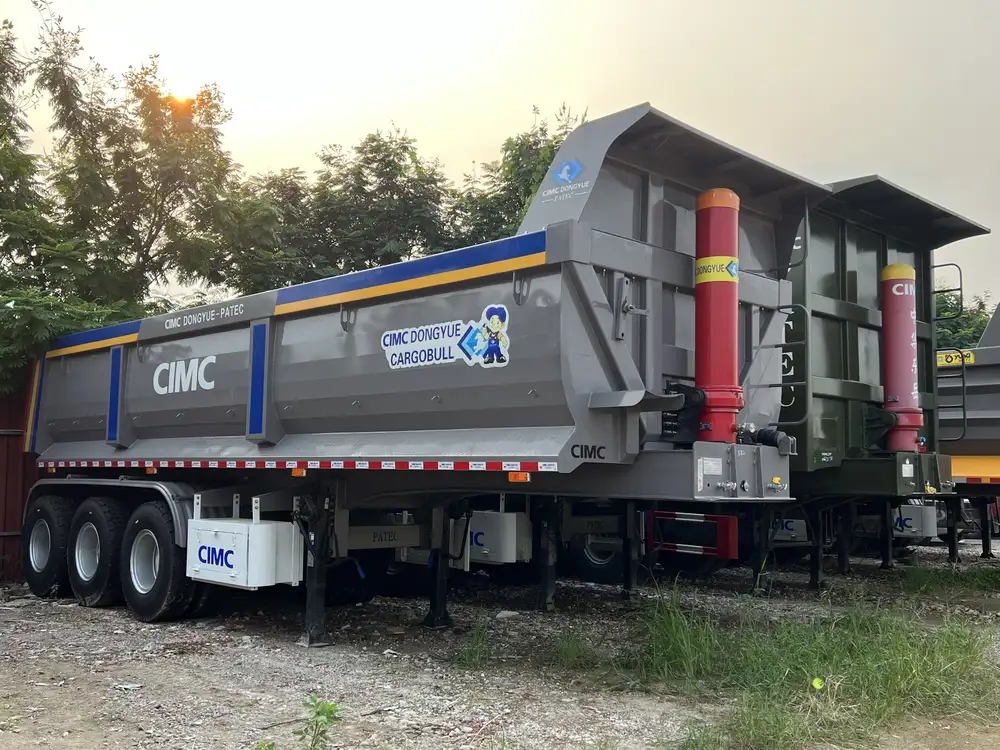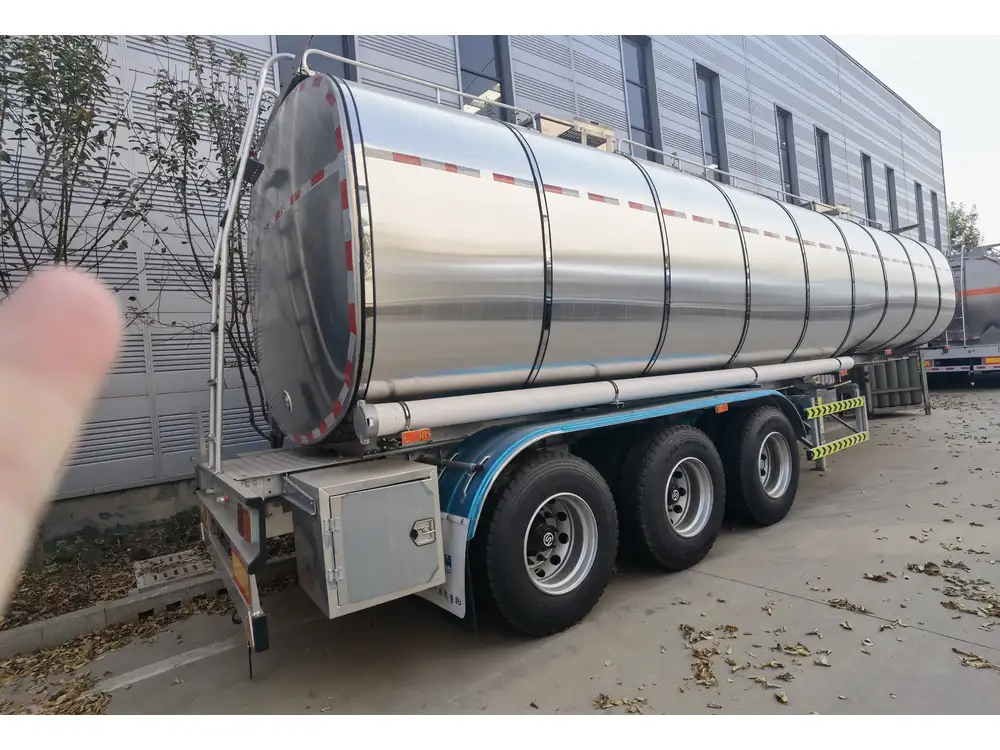Introduction to Sliding Skeletal Trailers
In the ever-evolving world of logistics and transportation, versatility and efficiency are paramount. One innovation that stands out in the realm of freight transport is the sliding skeletal trailer. This specialized semi-trailer allows for the transport of containers with ease and efficiency. But what exactly makes sliding skeletal trailers essential in today’s transportation landscape? This article delves deep into the mechanics, benefits, types, and market applications of sliding skeletal trailers, ensuring that you remain at the forefront of this vital industry.
Understanding the Mechanics of Sliding Skeletal Trailers
A sliding skeletal trailer consists primarily of a robust chassis that supports standard shipping containers. Its unique sliding mechanism enables containers to be easily loaded, unloaded, and repositioned without requiring a complete repositioning of the trailer. Here’s how the mechanics work:
| Component | Function |
|---|---|
| Chassis | Provides structural integrity and support for containers. |
| Sliding Mechanism | Allows the trailer to adjust the position of the container along the chassis. |
| Locking System | Secures the container to the trailer during transport. |
| Axles and Tires | Carry the load and ensure stable handling on various terrains. |

The Sliding Mechanism Explained
The most notable feature of a sliding skeletal trailer is its sliding mechanism. It facilitates movement along the length of the trailer, which can be actuated either manually or hydraulically. This flexibility allows operators to distribute weight optimally and adjusts the overall dimensions of the trailer to comply with various logistical requirements.
Advantages of Using Sliding Skeletal Trailers
1. Enhanced Versatility
The primary advantage of sliding skeletal trailers lies in their versatility. They can accommodate various container sizes, such as 20-foot, 40-foot, and even 45-foot containers. This adaptability makes them ideal for companies that often deal with different container specifications, reducing the need for multiple trailer types in their fleet.

2. Simplified Loading and Unloading
With the ability to slide containers, loading and unloading become uncomplicated processes, enhancing turnaround times at shipping ports and distribution centers. This feature cuts down on labor costs and improves operational efficiency.
3. Improved Weight Distribution
Sliding skeletal trailers allow for optimal weight distribution. By repositioning a container, transportation companies can achieve a balanced load that enhances vehicle stability and minimizes wear and tear on tires and axles.
Weight Distribution Comparison
| Container Position | Load Weight | Impact on Stability |
|---|---|---|
| Centered | 24,000 lbs | Optimal stability |
| Rear Positioned | 26,000 lbs | Increased risk of swaying |
| Front Positioned | 22,000 lbs | Potential for nose diving |

4. Compliance with Regulations
Many regions impose strict regulations regarding vehicle size and load distribution. Sliding skeletal trailers enable operators to adjust the position of containers easily, ensuring compliance with local laws and regulations, thus avoiding potential fines and penalties.
Application Areas of Sliding Skeletal Trailers
Sliding skeletal trailers find applications in various sectors of the transportation industry. Below are key industries that utilize these trailers extensively:
1. Shipping and Logistics
With the rise of globalization, efficient container transportation has become crucial. Sliding skeletal trailers facilitate seamless interactions between shipping lines and logistics companies, ensuring timely deliveries and efficient cargo handling.

2. Construction Industry
In the construction sector, sliding skeletal trailers are essential for transporting heavy construction materials and equipment. Their capacity to accommodate different container types enables construction companies to adjust their logistics according to project requirements.
3. Intermodal Transport
Sliding skeletal trailers play a pivotal role in intermodal transport, where freight is moved using multiple modes of transport (e.g., ship, truck, train). The ability to quickly switch containers across different modes enhances logistical coordination and expedites delivery times.
Challenges and Solutions in Using Sliding Skeletal Trailers

1. Maintenance Requirements
A challenge associated with sliding skeletal trailers is their maintenance. The sliding mechanism and locking systems require regular inspection and maintenance to ensure safety and reliability.
Maintenance Tips
- Regular Inspections: Schedule routine inspections to identify wear and tear.
- Lubrication of Moving Parts: Ensure that the sliding mechanism is well-lubricated to prevent corrosion or malfunction.
- Brake System Checks: Regularly check the trailer’s braking system to ensure optimal functionality.
2. Training for Operators
Using sliding skeletal trailers necessitates specialized training for operators to understand the operational intricacies. Without proper training, there is an increased risk of accidents during loading and unloading.

Operator Training Recommendations
- Comprehensive Training Programs: Invest in training programs that cover the operation, safety protocols, and maintenance of sliding skeletal trailers.
- Simulation Training: Utilize simulation technology for hands-on training without the risks associated with actual operation.
3. Initial Investment Costs
The initial cost of purchasing sliding skeletal trailers can be steep. However, the return on investment through efficiency gains, reduced operational costs, and versatile applications often outweigh the upfront expenses.
Key Features to Look for in a Sliding Skeletal Trailer
When considering a purchase, there are essential features that should be evaluated to ensure you select a high-quality sliding skeletal trailer. Below are critical components that should be taken into account:
| Feature | Importance |
|---|---|
| Durability | Built from high-strength materials that withstand stress and varying weather conditions. |
| Load Capacity | Ensure it meets the specific weight requirements for your operations. |
| Sliding Mechanism | Evaluate the efficiency and reliability of the sliding system. |
| Tire and Axle Specs | Consider high-performance tire and axle specifications for optimal handling. |
| Safety Features | Look for trailers with integrated safety features such as proper lighting and reflective visibility. |

Comparative Analysis of Sliding Skeletal Trailers vs. Traditional Trailers
| Feature | Sliding Skeletal Trailers | Traditional Trailers |
|---|---|---|
| Container Compatibility | Supports various container sizes seamlessly | Limited to specific container sizes and types |
| Loading Efficiency | High; allows sliding containers in and out easily | Moderate; requires repositioning or the use of cranes |
| Weight Distribution | Optimized; sliding mechanism eases weight transfer | Fixed; limited flexibility in weight distribution |
| Regulatory Compliance | Easily adaptable to comply with local standards | Often requires redesigning or manual adjustments |
Conclusion: Embrace the Future with Sliding Skeletal Trailers
Sliding skeletal trailers represent a significant advancement in freight transportation, offering robust solutions tailored for modern logistical challenges. They provide efficiency and versatility, making them an indispensable asset for shipping companies, construction firms, and logistics providers.
Investing in sliding skeletal trailers not only enhances operational capabilities but can also result in significant cost savings and improved service delivery. The benefits, features, and applications outlined above serve as a comprehensive guide for understanding the critical role these trailers play in the logistics landscape.
In an industry that demands quick responses to changing conditions, sliding skeletal trailers exemplify a strategic approach to freight transportation. Stay competitive, compliant, and ready to meet the evolving demands of global trade by incorporating sliding skeletal trailers into your fleet.



